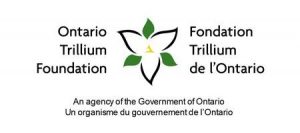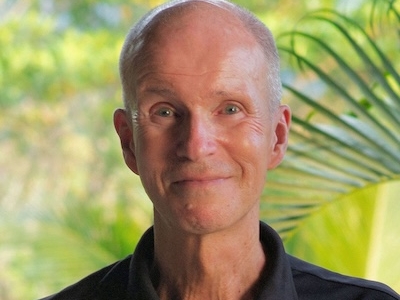 By Dan Wilson.
By Dan Wilson.
Look around: a global pandemic; precarious economies; growing disparity between haves and have-nots; systemic racism; violence against Black and Indigenous people; the opioid crisis; the homeless crisis; the devastating effects of climate change; the fragility of democratic institutions.
By any measure, our house is on fire. Amid the flames, what’s a philanthropic foundation to do?

“Consequentialism” ties the moral worth of decisions or actions to their outcomes; better philanthropy comes from better results. OTF’s granting strategy about results is a good example of a consequentialist ethical framework.
For decades, the Ontario Trillium Foundation (OTF) debated how best to build healthier and vibrant communities. An agency of the Ontario government, OTF receives about $100 million each year for grants that go to organizations in four areas: sports and recreation, arts and culture, the environment, and human and social services.
The question is, should the OTF issue grants broadly (to a wide range of organizations with diverse community benefits) or deeply (to fewer organizations with a more focused impact)? Responding to applicants, stakeholders, and most notably the Auditor General of Ontario, OTF decided on the latter, the more focused route.
In 2015, OTF launched its new granting strategy, which narrowed its focus and clarified its desired outcomes. This change was collaborative, involving a cross-province consultation with stakeholders. And it included input from a team of staff experts who worked with the Canadian Index of Wellbeing to identify the indicators that became the OTF’s north star—the domains that would define the “healthy and vibrant communities” part of its mission. From there, OTF developed a set of measurable grant outcomes that would create long-term results and a theory of change that linked each grant to shared outcomes that led to a collective result: healthier and vibrant communities.
What can other foundations take from this experience?
Two things. First, pursue strategic clarity and grant-making for results. Second: avoid hubris.
Pursue clarity and results
 To ensure the effectiveness of your dollars, I strongly advise developing a strategy that identifies your intended impact, understands the reasons you support the initiatives you do, learns from successes and failures, and that course corrects as needed.
To ensure the effectiveness of your dollars, I strongly advise developing a strategy that identifies your intended impact, understands the reasons you support the initiatives you do, learns from successes and failures, and that course corrects as needed.
- Identify the “big goal” or north star. What is the change you wish to see?
- Articulate a clear theory of change. How will you set about to achieve the big goal? For example, “if we want to achieve x, we need to move on a, b, and c, which are three results we can achieve if we fund d, e, and f.”
- Learn what others are doing to create these results; identify where your philanthropy fits with the work of others, both funding partners and people on the ground.
- Identify where you’ll focus your efforts—the populations, geographies and outcomes involved—and be okay with not doing everything.
- Be clear on how to measure success, or at least what sign-posts will indicate you’re moving in the right direction.
Avoid hubris: Learn and collaborate
- Embrace an experimental approach, and continuous, intentional learning.
- Accept unpredictability but maintain a line of sight to the big goal
- Rely on the expertise of sector partners doing the work and affected by the area of focus (see #philanthropysowhite).

- Develop the impact measurement and/or evaluation strategy early and in partnership with those people affected by your area of focus.
- Create feedback loops to check for heuristics and biases.
- Think beyond the grant. As Phil Buchanan of the Centre for Effective Philanthropy has said, “If money could solve a problem, it already would have.”
Articulating your giving strategy and developing a theory of change may seem trivial compared to the urgency of a house on fire. Inevitably, though, any philanthropic intervention involves hard choices. Identifying long-term results, based on evidence and partnerships, makes those funding choices deliberate, explicit and more effective.
Dan Wilson supports non-profit and charitable-sector organizations to develop strategic clarity and effective learning, and to better measure and tell the story of their impact. His experience includes 17 years at the Ontario Trillium Foundation, where he played a key role in designing, implementing and measuring the impact of their 2015 investment strategy. Wilson is on LinkedIn.
Thursday, January 14, 2021 in Ethics
Share: Twitter, Facebook



